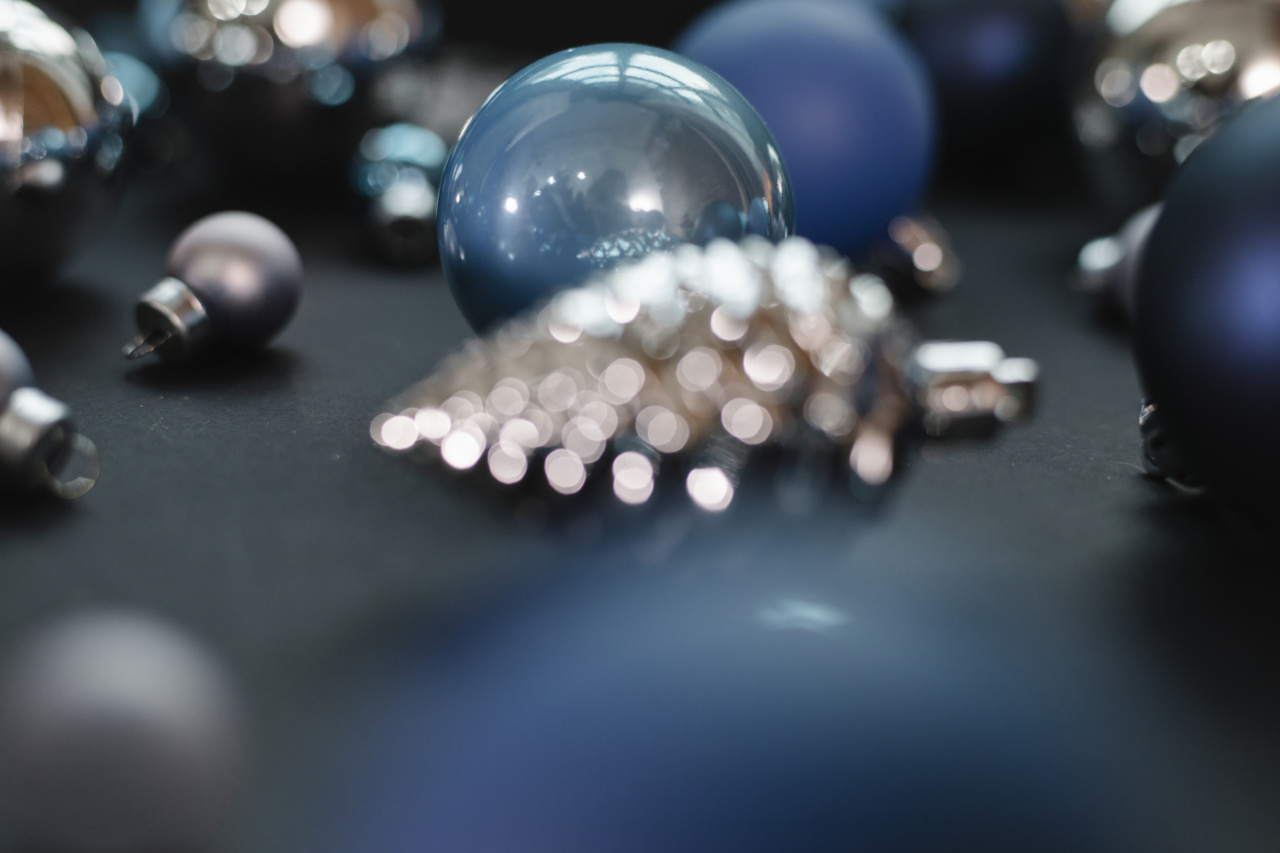Discovering small bumps on your penis can be quite alarming, and understandably so. Your mind might instantly jump to the worst-case scenario, but before you panic, it’s essential to gather some information.
One common concern for men is whether these bumps are just pimples or indicative of an underlying health issue. In this article, we will explore the various causes of small bumps on the penis, their symptoms, and possible treatment options.
1. Fordyce spots
Fordyce spots are one of the most common causes of small bumps on the penis. These harmless spots are named after the dermatologist John Addison Fordyce, who first described them.
Fordyce spots are ectopic sebaceous glands, meaning they are oil glands located in an unusual place.
These spots usually appear as small, slightly raised, yellowish-white, or pale red-orange bumps. They can be present on the penis shaft, scrotum, or even the head (glans) of the penis.
Fordyce spots are painless and don’t require any treatment unless they cause significant psychological distress.
2. Pearly penile papules (PPP)
Another common and harmless condition that can cause small bumps on the penis is pearly penile papules (PPP). PPP appears as tiny, dome-shaped or filiform (thread-like) bumps arranged in one or multiple rows around the corona (ridge) of the penis.
These bumps can be flesh-colored or white and have a distinct pearly appearance.
PPP is more commonly found in uncircumcised men. Like Fordyce spots, pearly penile papules are benign and don’t require any medical intervention.
However, if you are concerned about the appearance, you can consult a dermatologist to explore possible treatment options.
3. Genital warts
Unlike Fordyce spots and pearly penile papules, genital warts are caused by the human papillomavirus (HPV). These warts can appear as small, flesh-colored or grayish bumps on the penis or around the genital area.
Genital warts are typically painless but can cause discomfort or itching. It’s crucial to remember that genital warts are highly contagious and can be transmitted through sexual contact.
If you suspect you have genital warts, it’s essential to seek medical advice for diagnosis and treatment.
4. Molluscum contagiosum
Molluscum contagiosum is a viral infection that can cause small, raised bumps on the skin. These bumps may have a central indentation and are usually flesh-colored, pink, or white.
They can occur on the penis and groin area, especially in individuals with a weakened immune system or those who engage in sexual activity.
Molluscum contagiosum is highly contagious and can spread through skin-to-skin contact, including sexual contact. If you suspect molluscum contagiosum, consult a healthcare professional for appropriate diagnosis and treatment.
5. Sexually transmitted infections (STIs)
Small bumps on the penis can also be a symptom of various sexually transmitted infections (STIs), including herpes, syphilis, and genital herpes.
Herpes typically appears as small, fluid-filled blisters on or around the penis. These blisters may burst or form painful sores. Syphilis can initially present as a painless sore (chancre) that eventually develops into a rash, including rash on the penis.
Genital herpes can cause small, painful bumps or blisters on the penis or other genital areas.
If you suspect you might have contracted an STI, it’s important to seek medical advice promptly for the appropriate testing and treatment.
6. Balanitis
Balanitis refers to inflammation of the foreskin or the head of the penis. It can be caused by various factors, including poor hygiene, infections, or irritation.
Small bumps on the penis can accompany balanitis due to the inflammation and irritation of the skin. Other symptoms may include redness, itchiness, pain, and discharge.
Treatment for balanitis depends on the underlying cause and may involve topical medications or lifestyle changes.
7. Clogged hair follicles
Clogged hair follicles, also known as folliculitis, can occur anywhere on the body, including the penis. Folliculitis happens when hair follicles become infected or inflamed, leading to small red bumps or white-headed pimples.
To alleviate clogged hair follicles, keeping the area clean, avoiding tight clothing, and using warm compresses can help. If the condition persists or worsens, medical treatment may be necessary, including antibiotics or topical ointments.
8. Syringomas
Syringomas are benign tumors that usually appear as small, skin-colored bumps. While they are more commonly found on the face, syringomas can also develop on the penis or groin area.
These bumps are usually harmless and don’t require treatment unless they cause physical or emotional discomfort. If desired, syringomas can be removed by a dermatologist through various methods such as laser therapy or electrosurgery.
9. Allergic reactions or skin irritations
Small bumps on the penis can also be a result of allergic reactions or skin irritations. Contact dermatitis, for example, occurs due to contact with irritants or allergens, leading to an itchy rash and small bumps.
Identifying the specific trigger and avoiding it can help alleviate the symptoms. Applying corticosteroid creams or taking antihistamines can also provide relief for allergic reactions or skin irritations.
10. Sebaceous cysts
Sebaceous cysts can develop on the penis due to blockage of the sebaceous glands. These cysts appear as small, flesh-colored or yellowish bumps beneath the skin.
Sebaceous cysts are generally harmless and don’t require treatment unless they become infected, grow larger, or cause discomfort. In such cases, a healthcare professional might recommend draining or removing the cyst.
It’s important to remember that this article provides general information and should not substitute professional medical advice.
If you have concerns about small bumps on your penis, it’s best to consult a healthcare provider for a proper diagnosis and guidance on the appropriate treatment.





























